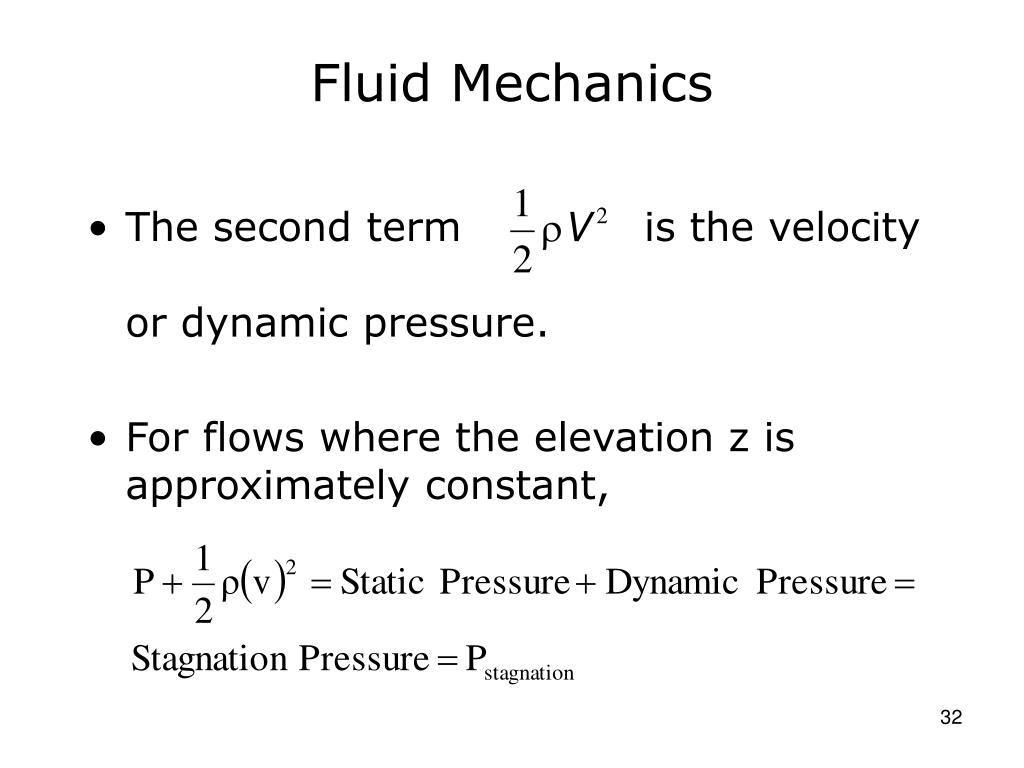
The importance of optimal thickening of oral feeds for management of oropharyngeal dysphagia is well known however, thickening enteral tube feedings may be critical for the management of gastroesophageal reflux and gastroesophageal reflux–related aspiration, although optimal thickening for management is not well described.These data can inform the clinical choice of feeding regimen depending on the goals of nutritional therapy.
#VISCOSITY FORMULA FREE#
Viscosity is reduced by addition of free water and with freezing and thawing. Conclusions:Ĭommercial food-based formulas and home prepared blends vary greatly in viscosity, ranging from thin to extremely thick liquids, with the majority achieving viscosity greater than thickened formula.

Thickening conventional pediatric formulas with rice or oatmeal did not achieve consistency equivalent to most blenderized feeds. Exposure to 1 freeze/thaw cycle decreased viscosity by as much as 59% to 80% depending on the blend. Dilution of 240 mL of commercial blend with 30, 60, and 90 mL of water resulted in a decrease in viscosity of 31%, 62%, and 85%, respectively. The highest centipoise (cP) value was 13,847 and the lowest 330 and 438 cP. There were significant variations in viscosity between commercial blends with values ranging from extremely to mildly thick by Syringe Flow Test. Additional testing was performed to determine the impact of added cereal, water flushes, and freezing/thawing on formula viscosity. The viscosity of commercial and home blends was measured using digital rotational viscometer and International Dysphagia Diet Standardization Initiative Syringe Flow Test.


The aim of the study was to quantify the differences in viscosity of over a range of commercial food-based formulas and home-prepared blenderized feeds used for enteral feeding in the clinical management of gastroesophageal reflux and gastroesophageal reflux–related aspiration in children with oropharyngeal dysphagia.


 0 kommentar(er)
0 kommentar(er)
